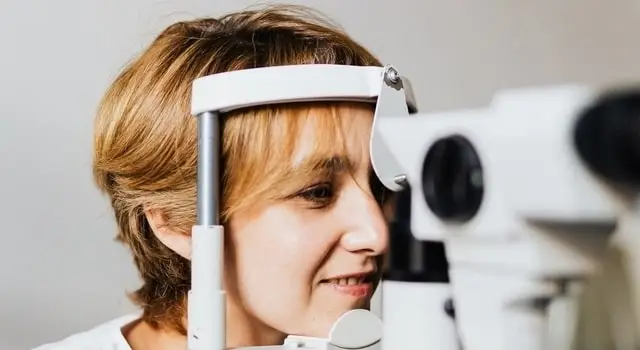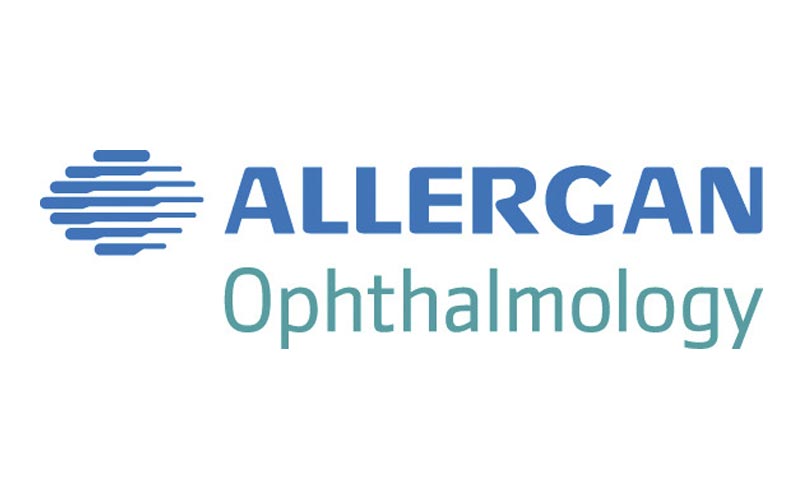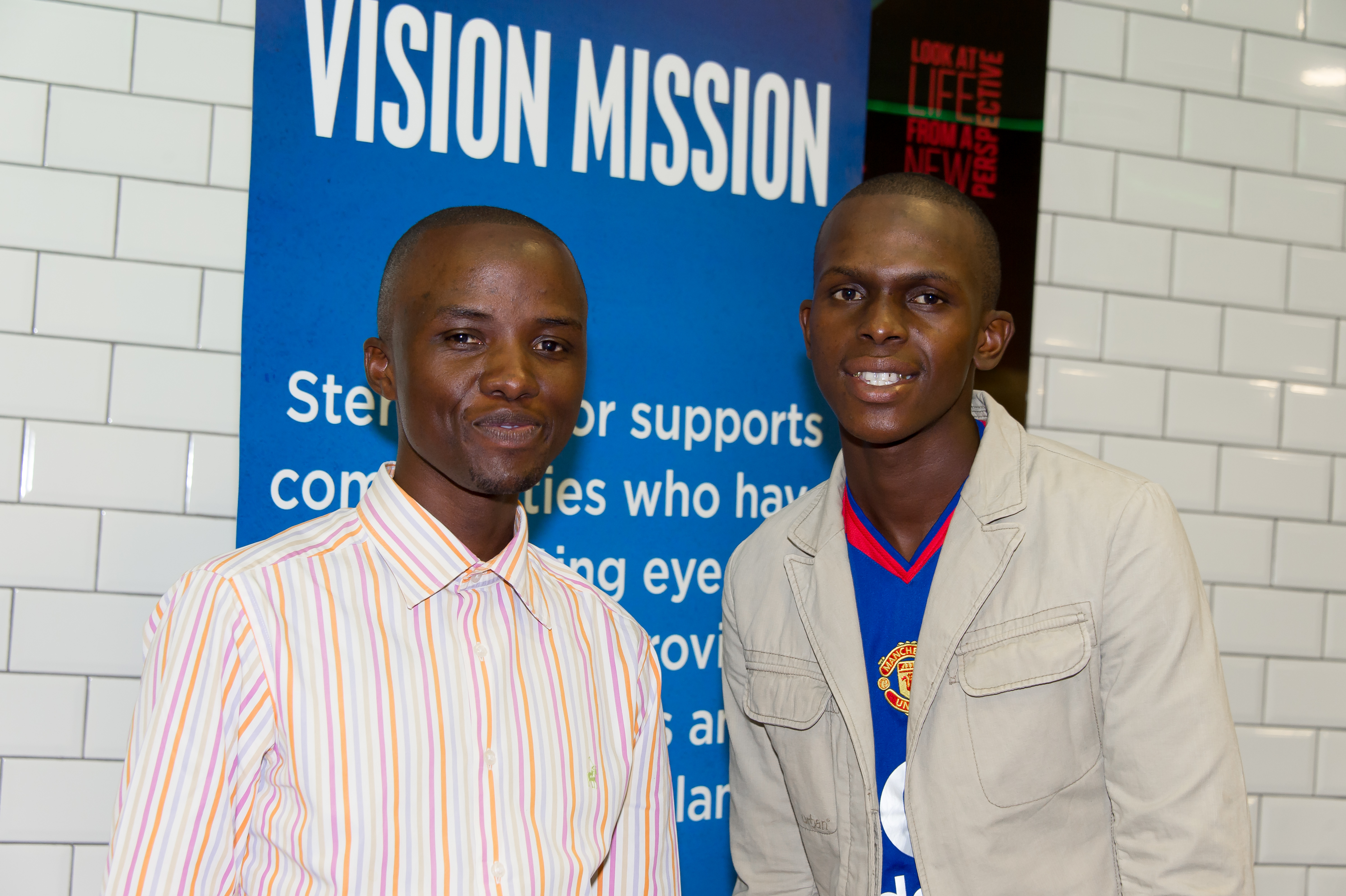
With so many daily concerns, eye health may fall straight to the bottom of your list. Yet, according to the South African Optometric Association (SAOA), an estimated 11 million SA adults are at high risk for vision loss, and only half have visited an optometrist in the past twelve months.
Early detection is the best way to help preserve vision and prevent the development of common eye conditions. The SAOA urges everyone to make eye health a top priority, but especially women who tend to have a higher risk of eye disease than men.
“Of all patients with macular degeneration (AMD), roughly 65 percent are women, but that’s largely because macular degeneration becomes more common as we age and women live longer than men,” says Nivien Subramany, SAOA President.
Common Risks in Women
On average, women are living longer than men and experience certain eye problems with age. There is also a clear gender difference in dry eye disease: women are much more likely to develop it than men because it’s often hormonally influenced. Women are also more prone to develop auto-immune diseases, which can affect your eyes as well.
Pregnancy can also affect vision as pregnant women tend to retain fluid and their corneas can change in shape, creating blurry vision. There’s also a risk of preeclampsia (1 in 20 pregnancies) and elevated blood pressure, which can cause damage to women’s retinas.
Additionally, women with diabetes are 50 times more at risk of developing eye disease than those without diabetes. Eye disease conditions associated with diabetes include diabetic retinopathy, diabetic macular oedema, cataracts, and glaucoma.
Prevalent Eye Diseases
The four most prevalent eye diseases among women include dry eye syndrome, cataracts, glaucoma, and macular degeneration.
Dry eye syndrome is a condition where a person doesn’t produce enough quality or volume of tears to lubricate the eye. This is a common and often chronic problem, particularly in older adults.
Cataracts are clouding of the lens in the eye and vision is affected. This is typically found in aging adults but can develop faster in patients with diabetes.
Glaucoma is another commonly found disease in women, which damages the eye’s optic nerve and can result in vision loss and blindness. Patients who have a first-degree relative with glaucoma are five times more likely to develop it. Other risks for the development of glaucoma include those with diabetes, hypertension, and African Americans.
Macular degeneration is the leading cause of vision loss, which involves the deterioration of the macula, which is the central area of the retina of the eye.
“Smokers are up to seven times more likely to get macular degeneration than non-smokers, and that includes second-hand smoke,” says Nivien Subramany.
If you are concerned about your eye health or have been diagnosed with hypertension, elevated cholesterol, diabetes, thyroid disease, tumours, vascular disease, or an auto-immune disease, or if you have a family history of eye disease, make an appointment for an eye health and vision exam with an optometrist.
The South African Optometric Association (SAOA), founded in 1924, is a professional association representing optometrists and dispensing opticians in South Africa. Objectives of the SAOA include accommodating the interests of the professions as well as the general public. For further information, visit the SAOA website, www.saoa.co.za , or send an email to info@saoa.co.za. The SAOA can also be contacted on 011 805 4517.









